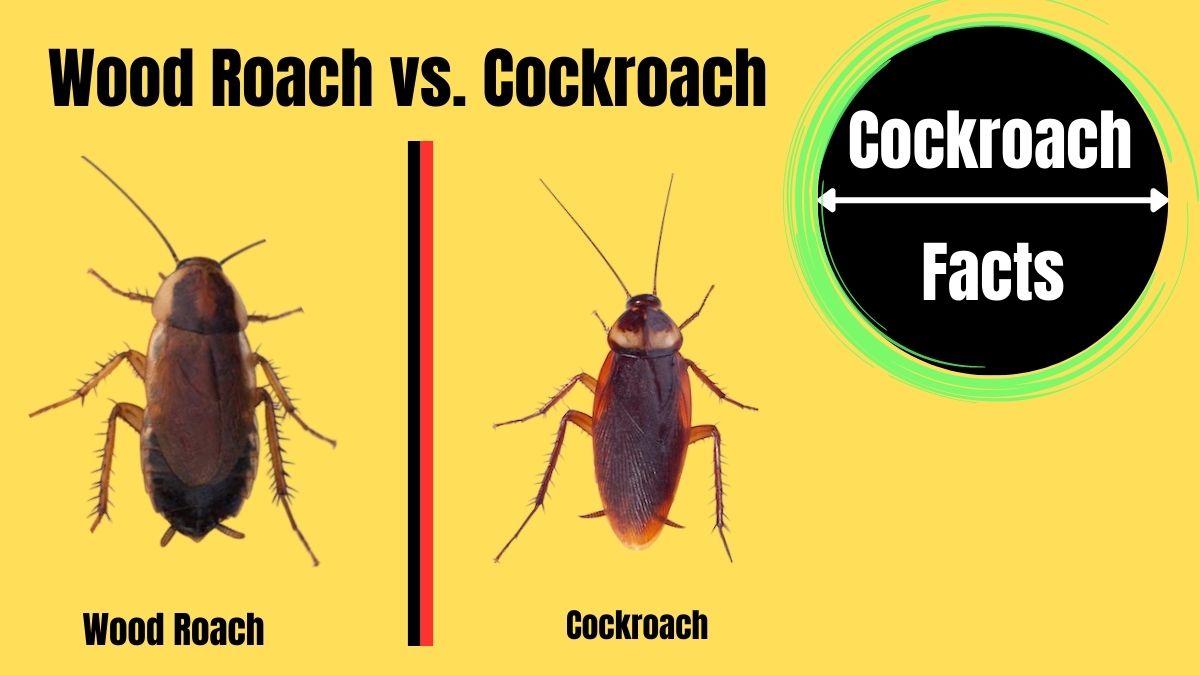Wood roaches and cockroaches are often confused with each other due to their similar appearance and behavior. However, there are some key differences between these two insects that can help distinguish one from the other. In this detailed guide, we will explore the characteristics, habitats, behaviors, and potential risks associated with wood roaches and cockroaches.
Appearance
Wood Roach:
- Size: Wood roaches are generally smaller in size, measuring around 1 inch in length.
- Color: They have a light brown to dark brown coloration, with distinctive dark markings on their thorax.
- Wings: Wood roaches have fully developed wings that extend beyond their abdomen.
Cockroach:
- Size: Cockroaches are typically larger, with some species reaching up to 2 inches in length.
- Color: They can be light brown, reddish-brown, or dark brown, depending on the species.
- Wings: Cockroaches have wings, but not all species can fly. Some species have wings that are shorter than their body length.
Habitat
Wood Roach:
- Outdoor Dwellers: Wood roaches are primarily found outdoors, especially in wooded areas, forests, and damp environments.
- Moisture Preference: They thrive in areas with high moisture levels, such as under logs, in decaying wood, and around rotting vegetation.
Cockroach:
- Indoor and Outdoor Dwellers: Cockroaches are highly adaptable and can be found in both indoor and outdoor environments.
- Preferred Habitats: They tend to inhabit dark and warm areas, such as kitchens, bathrooms, basements, and sewers.
- Warmth and Moisture: Cockroaches are attracted to areas with warmth, moisture, and readily available food sources.
Behavior
Wood Roach:
- Timid and Shy: Wood roaches are generally shy insects and are less likely to invade human living spaces.
- Nocturnal: They are mostly active during the night and prefer to hide during the day.
- Flight Behavior: Wood roaches have strong flying abilities and may fly towards light sources.
Cockroach:
- Opportunistic Feeders: Cockroaches are scavengers and will feed on almost anything, including food scraps, decaying matter, and even glue.
- Nocturnal and Diurnal: Some cockroach species are primarily nocturnal, while others are active during both day and night.
- Rapid Reproduction: Cockroaches have a high reproductive rate, and a small infestation can quickly grow into a large one if not controlled.
Health Risks
Wood Roach:
- Minimal Health Risks: Wood roaches are not known to pose significant health risks to humans. They do not carry diseases and are generally not considered a nuisance pest.
Cockroach:
- Disease Carriers: Cockroaches are known carriers of various pathogens, bacteria, and allergens, including salmonella and E.coli, which can contaminate food and surfaces.
- Allergies and Asthma Triggers: The presence of cockroach allergens can trigger allergies and asthma symptoms in susceptible individuals.
Conclusion
While wood roaches and cockroaches may appear similar, there are notable differences in their appearance, habitat preferences, behaviors, and associated health risks. Wood roaches are primarily outdoor dwellers, preferring damp environments, while cockroaches are adaptable and can be found in both indoor and outdoor areas. Cockroaches pose a higher risk to human health due to their potential for disease transmission and allergen production. Understanding these differences can help homeowners and pest control professionals identify and manage infestations effectively.

